18 Wild Animals in the Netherlands [Wildlife in the Netherlands]
Want to know more about wildlife in the Netherlands?
Discover 18 wild animals in the Netherlands in this post, as well as interesting facts about them. 🇳🇱
Learn All About Dutch Animals
Ready to learn all about Dutch animals?
I’ve always been fascinated by animals, and by how they can be so different from one country to another. In this guide, we’ll focus on the many animals the Netherlands has on the land, in the sky, and under water.
I’ve split the guide into 4 categories:
- Native animals from the Netherlands
- Endangered animals of the Netherlands
- What is the Netherlands national animal?
- How many animals native to the Netherlands?
Let’s dive in right away with our first category!
Native Animals from the Netherlands
The Netherlands is a European country located in the northwestern part of the continent, with some overseas territories in the Caribbeans. Its name means “lower countries” because of its flat topography and general low elevation (since only about 50 percent of its land exceeds 1 m / 3.3 ft above sea level), and it is the second-most densely populated country in Europe and the sixteenth-most in the world. It is bordered by Belgium and Germany, and although its government is seated in The Hague, its capital city is Amsterdam, which counts more than 907,000 inhabitants (but more than 8,116,000 if you include the Randstad).
An interesting part of the country that I wanted to tackle is its wildlife. In light of that, I have listed the best of it, and I hope you will love learning what animals live in the Netherlands.
Here’s the Netherlands animals list.
1. European hedgehog
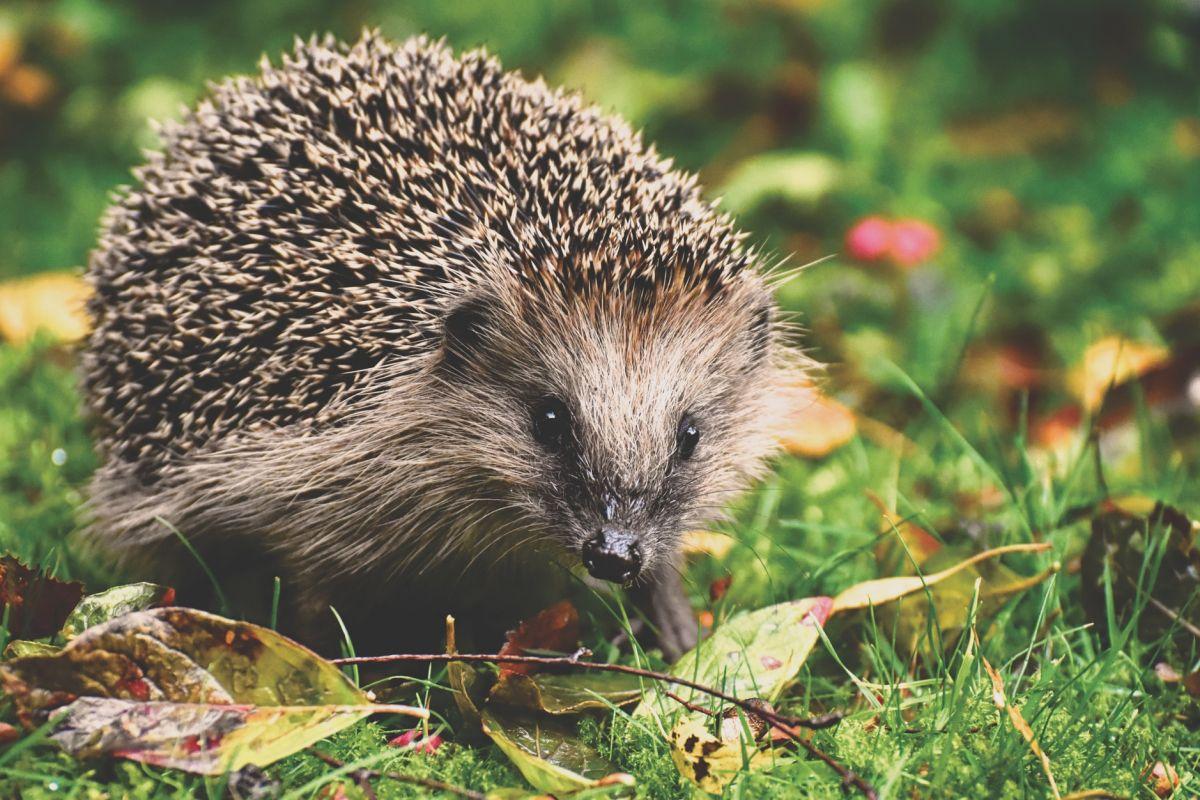
- Name: European hedgehog
- Scientific name: Erinaceus europaeus
- Conservation status:
The European hedgehog, also known as the West European hedgehog or the common hedgehog, is a species of mammal native to much of Europe and into northwestern Asia, and Russia. It is a well-known inhabitant of European gardens, where it is largely appreciated, mostly due to its inoffensive behavior, and feeding habits, eating a wide variety of garden pests.
This hedgehog is one of the most common animals in Europe, and it can easily be seen in the Netherlands.
2. European rabbit
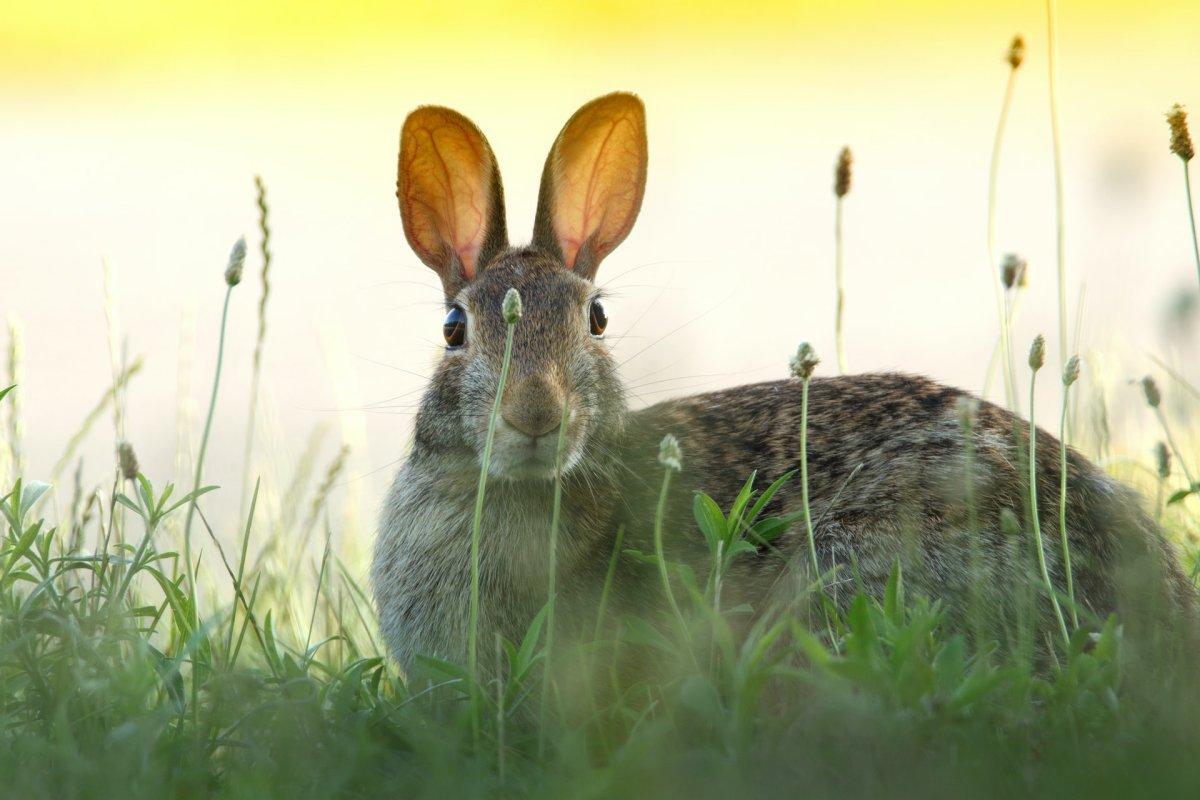
- Name: European rabbit
- Scientific name: Oryctolagus cuniculus
- Conservation status:
The European rabbit, also known as the coney in the United Kingdom, is a species of rabbit native to southwestern Europe and northwestern Africa and introduced to several other areas of the world, including Chile, Australia, and the rest of Europe.
Every domestic rabbit breed in the world is a descendant of the European rabbit. In the Netherlands, one of the most famous local rabbits is the Netherland Dwarf, one of the smallest rabbit breeds in the world.
3. European hare
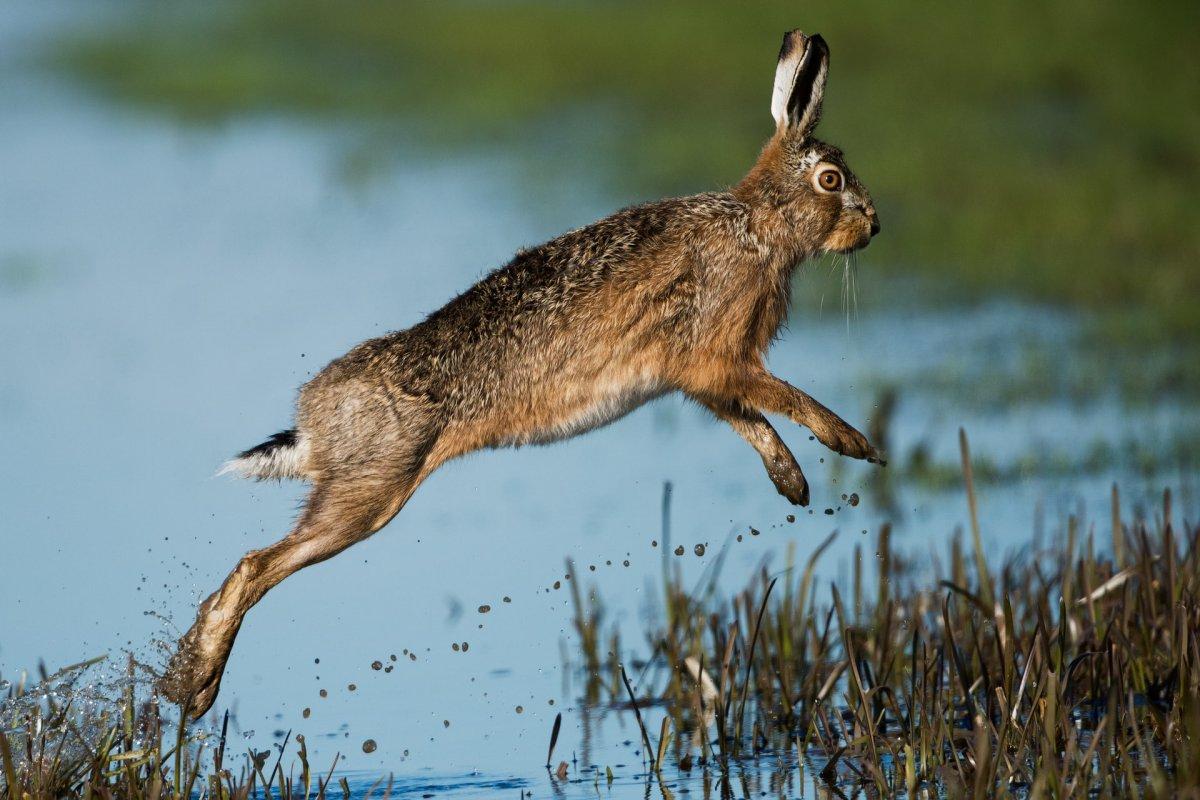
- Name: European hare
- Scientific name: Lepus europaeus
- Conservation status:
The European hare, also known as the brown hare, is a species of hare native to much of Europe, as well as parts of western Asia. It has also been introduced to the northwestern areas of the United States, the southern tip of South America, and Australia and New Zealand.
This hare is one of the most widely hunted animals in Europe, and also a fairly common one. With a high reproductive rate, a very wide range, and large numbers, it is considered of least concern.
4. European hamster
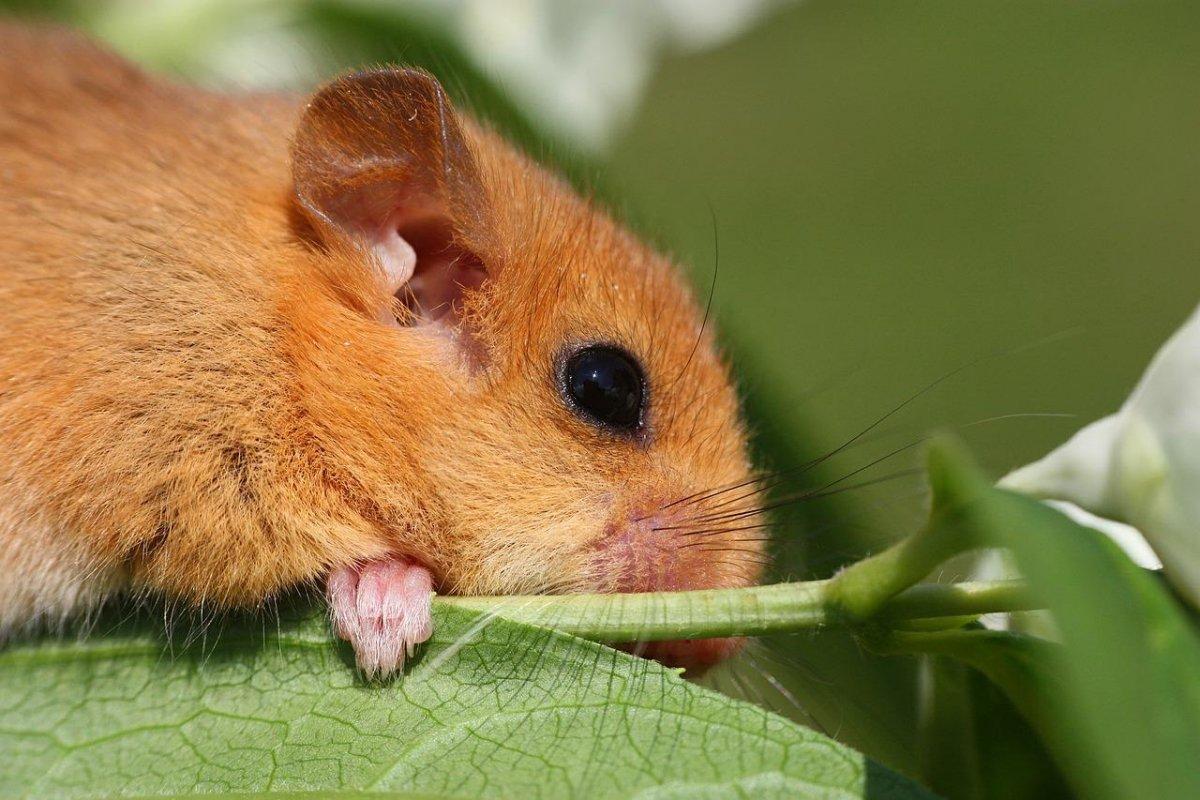
- Name: European hamster
- Scientific name: Cricetus cricetus
- Conservation status:
The European hamster, also known as the black-bellied hamster, the common hamster, or the Eurasian hamster, is a small species of rodent native to Eurasia. Although listed as critically endangered and on the brink of extinction, the reasons for its incredibly quick decline are unknown, although trapping, pollution, and pesticides might be involved.
This hamster inhabits farmlands, gardens, meadows, and hedges. Its populations are much more scattered than they used to be, and its range is steadily declining.
5. Wolf
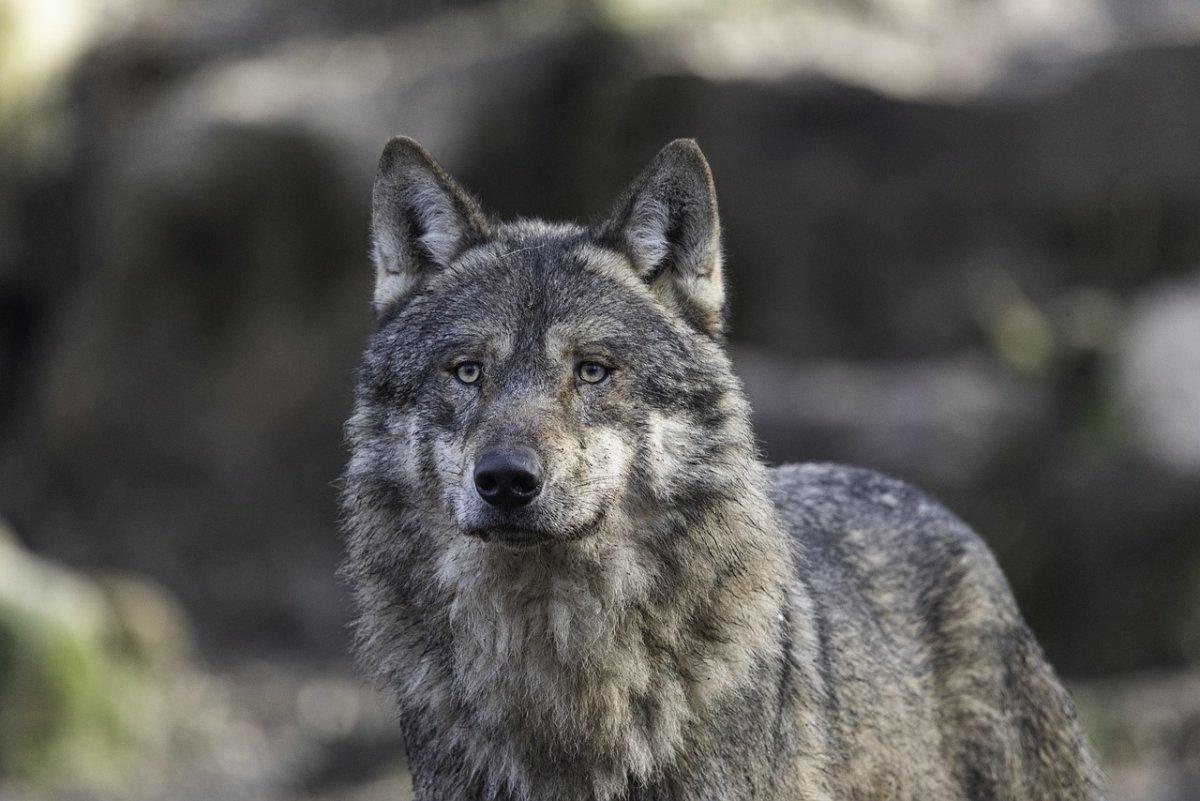
- Name: Wolf
- Scientific name: Canis lupus
- Conservation status:
The wolf, also known as the gray wolf, is a species of canid native to much of the Northern Hemisphere, and one of the most common animals in Europe as well.
Further divided into a multitude of subspecies, it has had one of the longest histories of interactions with humans, sometimes being an important part of folklore (renowned for being the legendary founder of Rome), some others being despised and persecuted for its attacks on livestock.
6. Red fox
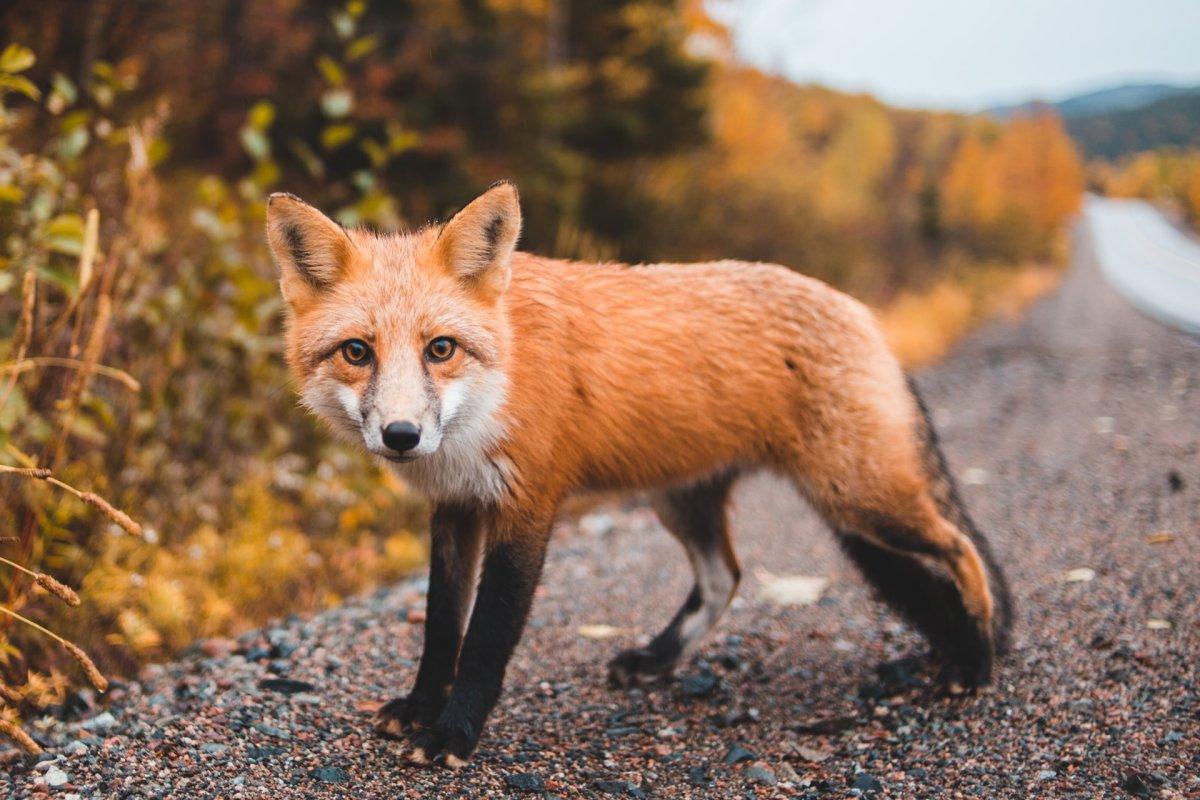
- Name: Red fox
- Scientific name: Vulpes vulpes
- Conservation status:
While wolves are globally on the decline, the red fox is one of the most widespread carnivores in the world, and generally one of the most successful species. This is mainly due to its ability to thrive in man-made environments and to expand its range alongside urban expansion.
The fox is an opportunistic, versatile species that can practically feed on anything and live anywhere. Because of this, it inhabits much of the Northern Hemisphere and even colonized Australia, where it is considered highly invasive and problematic.
7. Eurasian otter
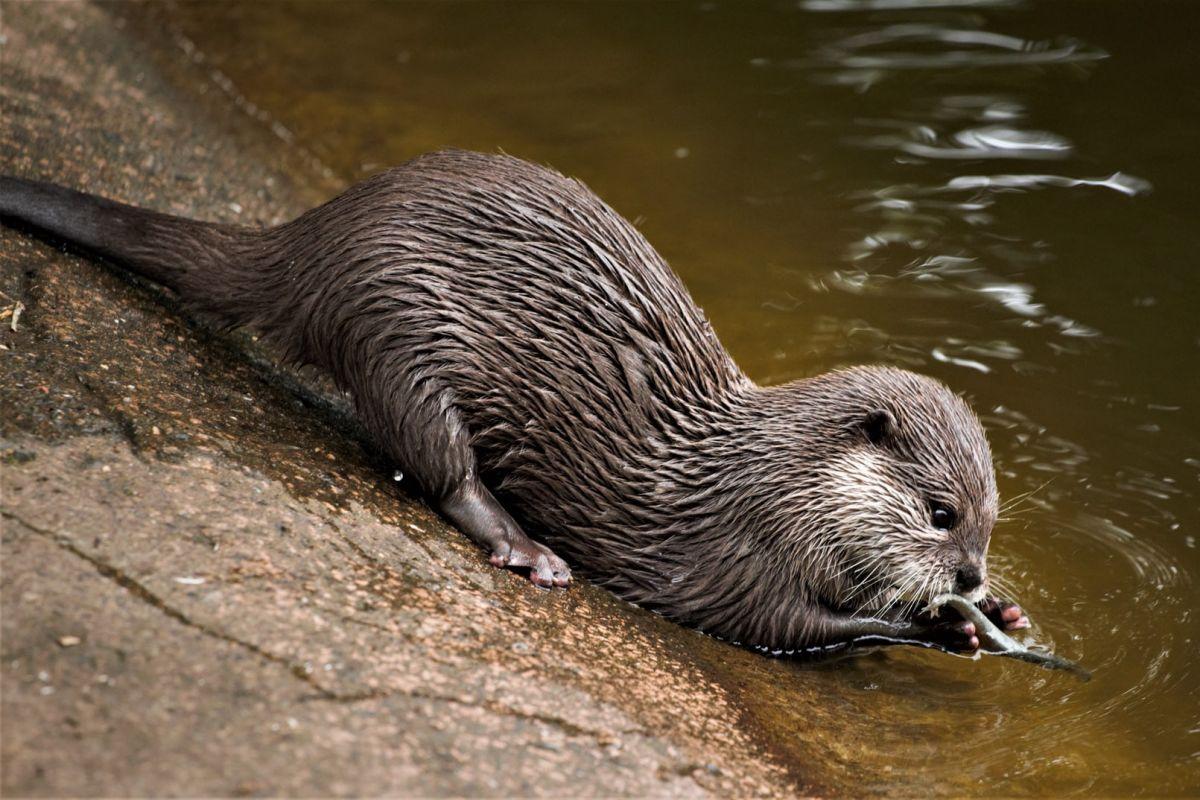
- Name: Eurasian otter
- Scientific name: Lutra lutra
- Conservation status:
The Eurasian otter, also known as the European otter, the Old World otter, the Eurasian river otter, or the common otter, is a species of semi-aquatic mammal native to much of Eurasia, from the southwestern tip of Europe to the northwestern coasts of Asia, as well as the Indian subcontinent and Southeast Asia.
This otter is a carnivore that primarily feeds on fish, and can be found in the freshwater rivers and lakes of the Netherlands.
8. Gray seal
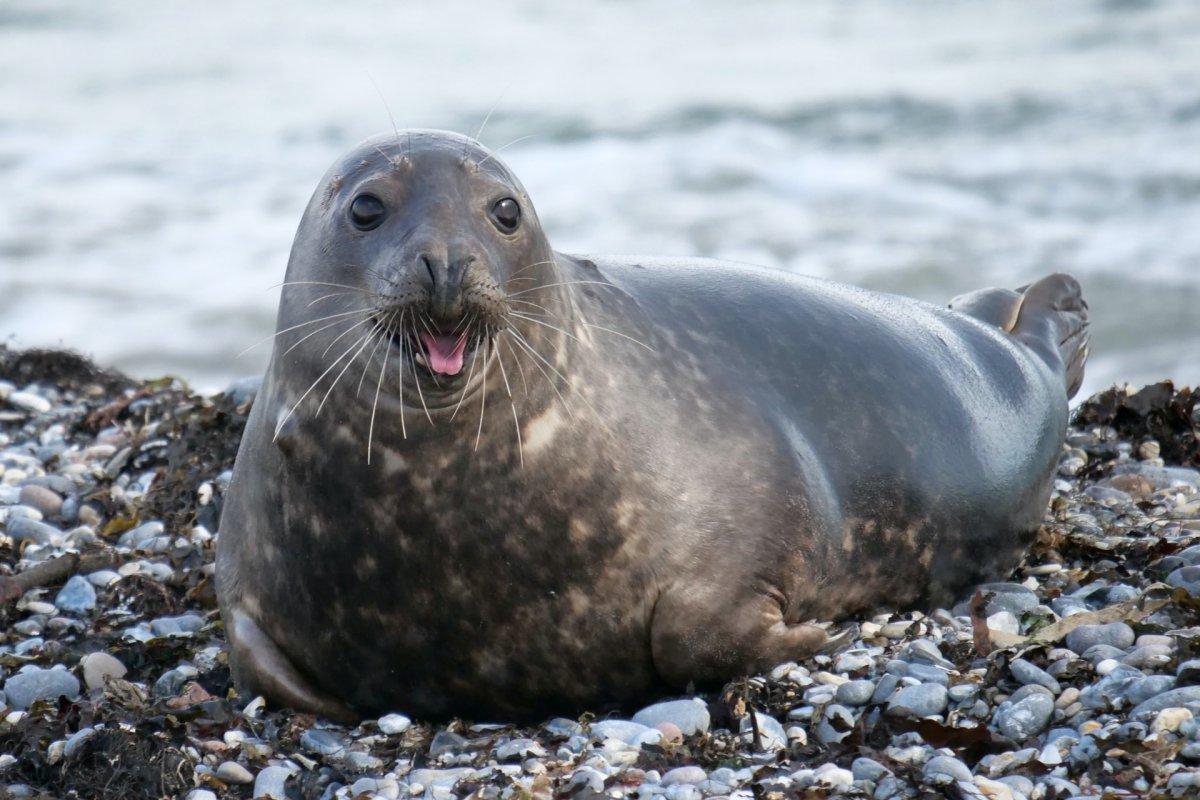
- Name: Gray seal
- Scientific name: Halichoerus grypus
- Conservation status:
The gray seal is one of the most common and widespread species of pinnipeds in the world. It can be found in the northern parts of the Atlantic Ocean, primarily around the coastlines of northwestern Europe, the Baltic Sea, Iceland, and northeastern North America.
Despite its peaceful appearance, it can be a fierce predator; this carnivore is known to attack large prey in the Netherlands, feeding sometimes on harbor seals and harbor porpoises!
9. European badger
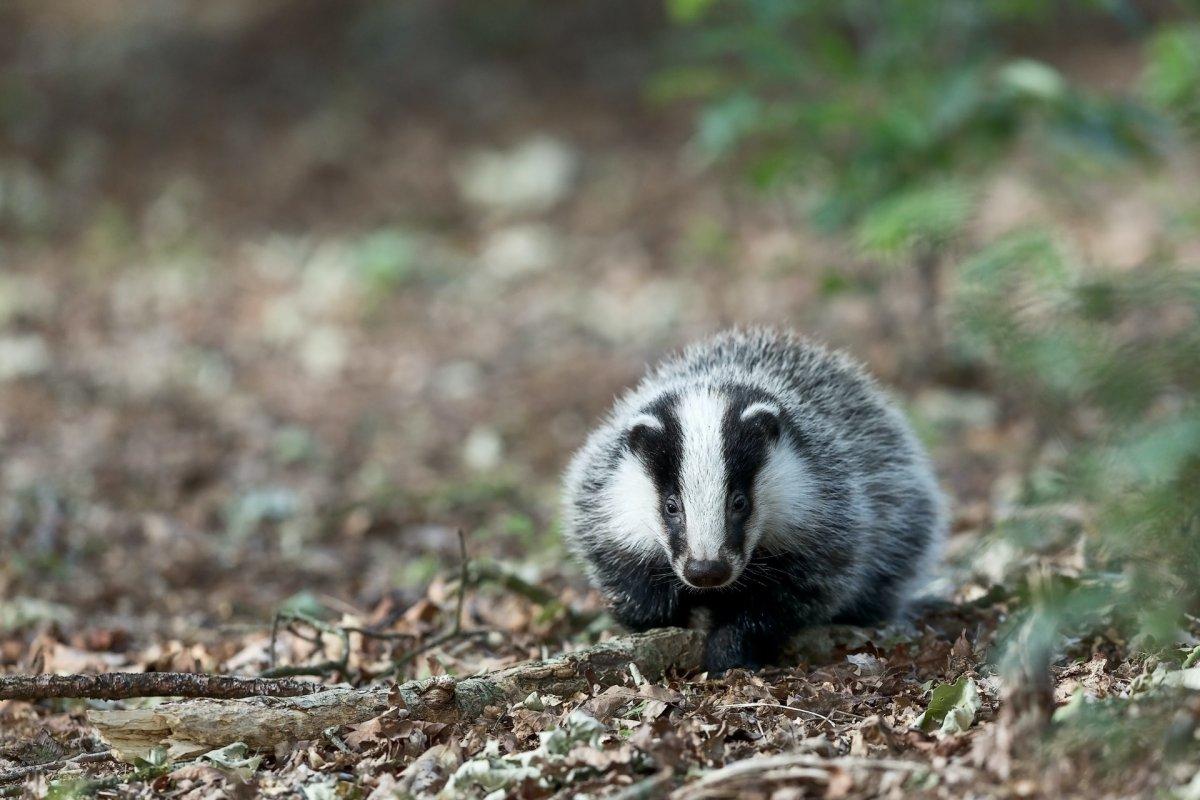
- Name: European badger
- Scientific name: Meles meles
- Conservation status:
The European badger is a species of mustelid common throughout all of Europe and into the Middle East. It has a large, stable population, as well as a wide range, which is why it is considered of least concern, and is under no threat of extinction.
However, in countries such as the United Kingdom, badger culling is still practiced, and thousands of individuals are often killed. Because of this, its numbers greatly vary depending on the country and the area of its range.
10. Atlantic puffin
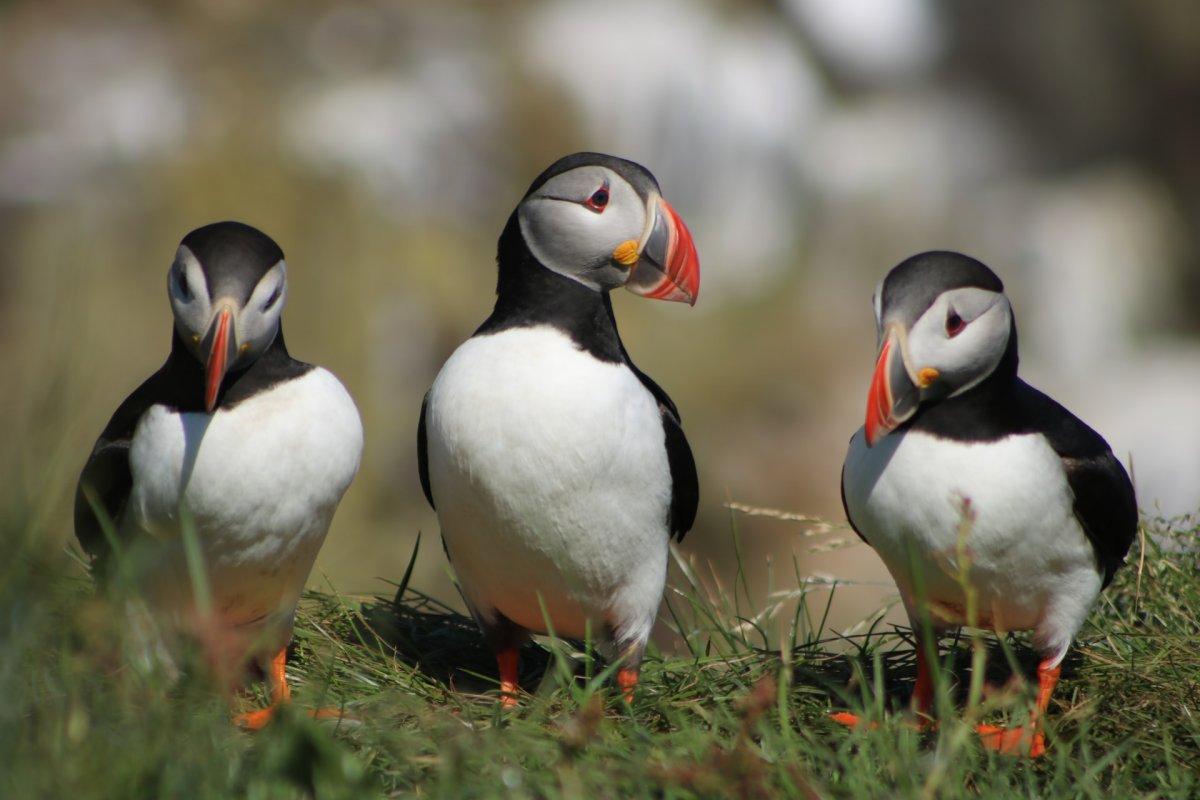
- Name: Atlantic puffin
- Scientific name: Fratercula arctica
- Conservation status:
The Atlantic puffin, also known as the common puffin, is a species of seabird native to the northern and northeastern parts of the Atlantic. It is a migratory bird, spending the summer in the northernmost areas, and flying as far south as northwestern Africa during the winter.
This bird can be found on the coastline of the Netherlands, which is about 451 km / 280 mi long, and it feeds on fish, although it also eats worms, crustaceans, and shrimps.
11. White stork
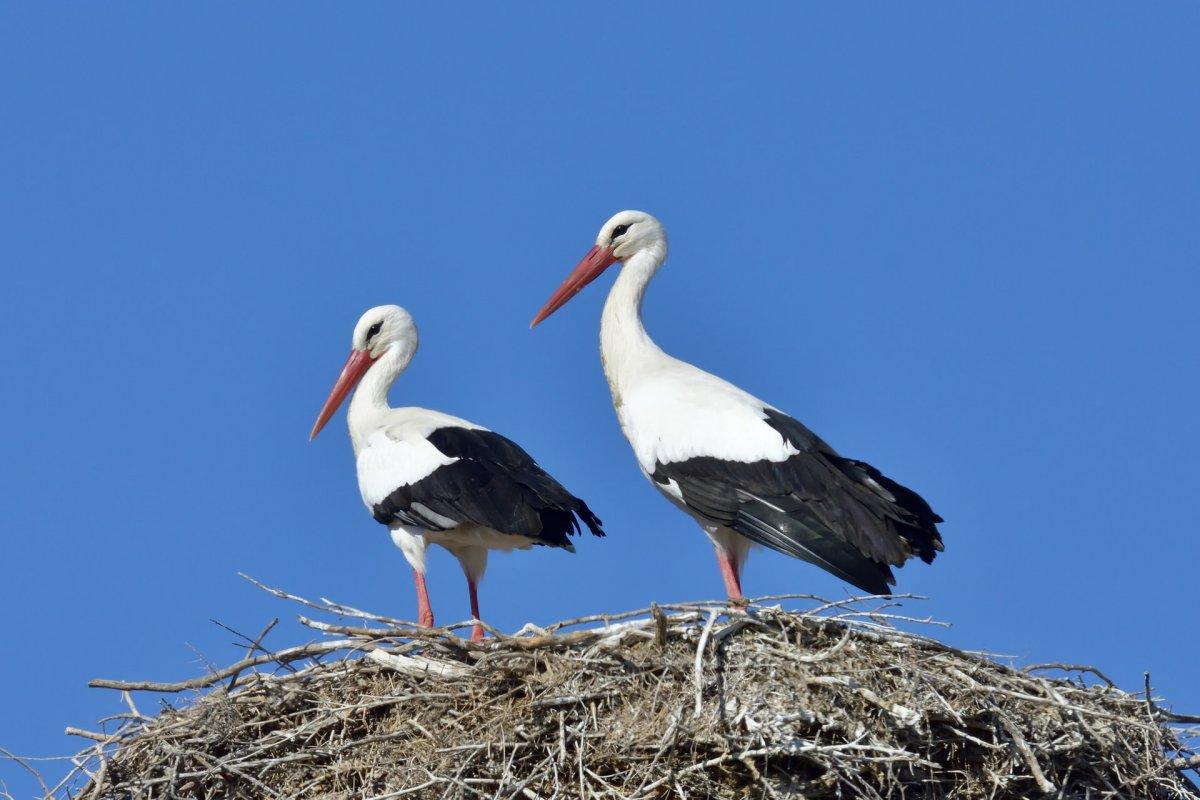
- Name: White stork
- Scientific name: Ciconia ciconia
- Conservation status:
The white stork is a large species of bird native to much of Eurasia and migrating to the Middle East, the Arabian Peninsula, the Indian subcontinent, and much of sub-Saharan Africa during the winter.
There are about 500 white stork pairs left in the Netherlands, and reintroduction programs help solidify this number. Most of these programs are run by volunteers, and they are very helpful for the preservation of one of Europe’s most iconic birds.
12. Red deer
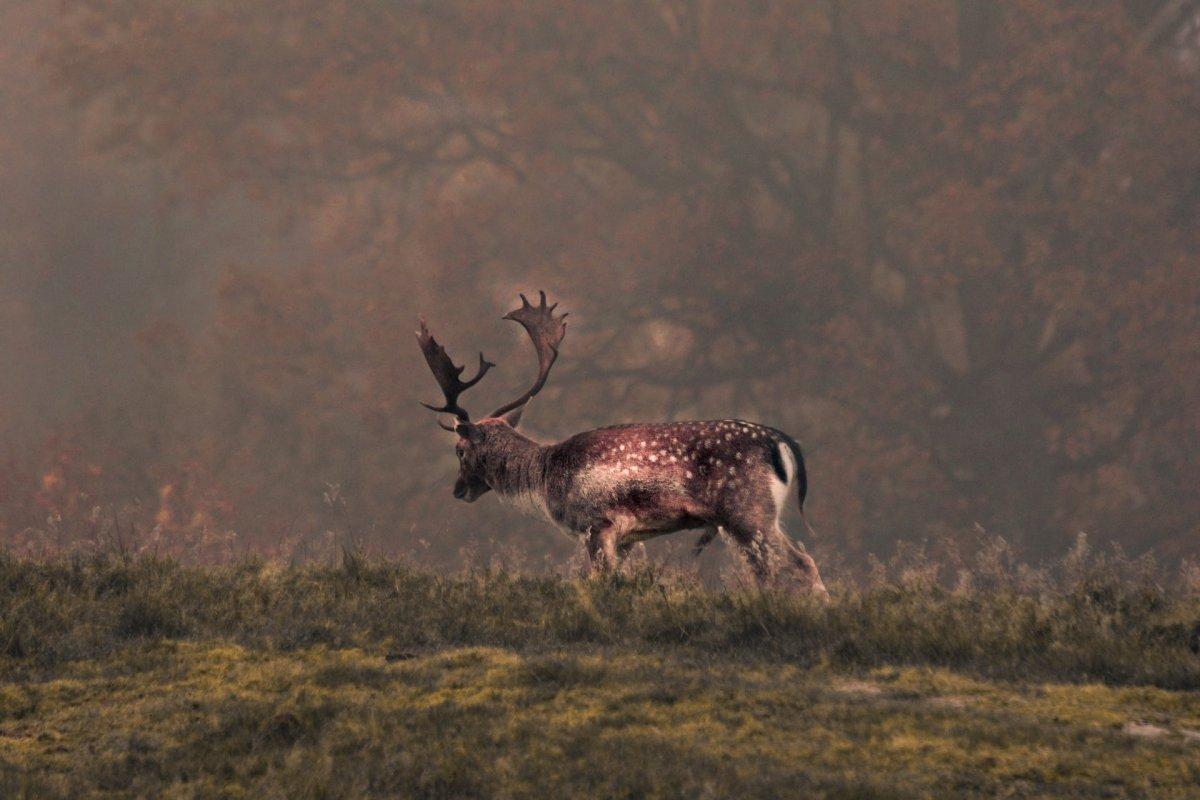
- Name: Red deer
- Scientific name: Cervus elaphus
- Conservation status:
Although much smaller than the moose, also known as the elk, the red deer is one of the largest species of deer in the world, and one of the most important symbols and common animals in Europe. Since ancient times, it has been hunted for its tasty meat and impressive antlers, and it is an emblem of nobility.
Most red deers in the Netherlands live in a large herd of about 3,000 individuals in the Oostvaardersplassen, a nature reserve located in the central part of the country.
13. Central European boar
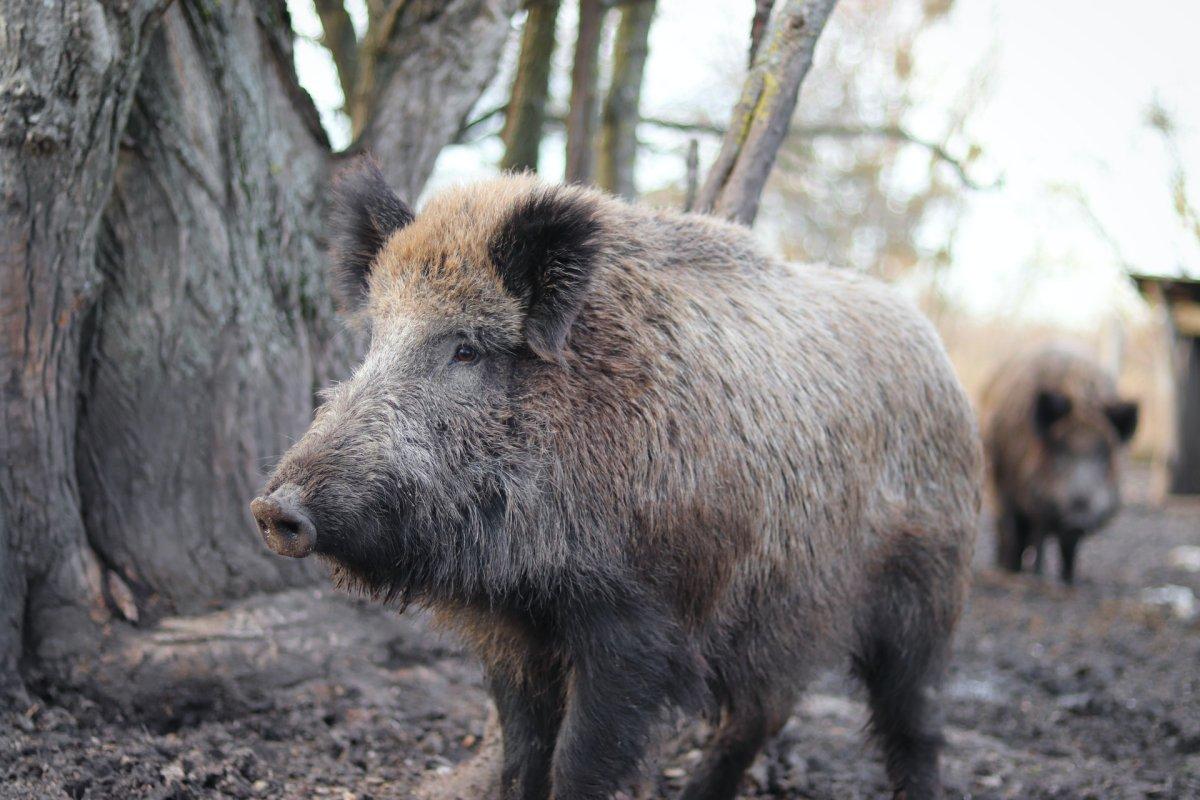
- Name: Central European boar
- Scientific name: Sus scrofa scrofa
- Conservation status:
In terms of history, range, and interaction with humans, the Central European boar is very similar to the red deer. It has been of particular importance in human culture since at least Celtic times when it was revered and engraved on swords, shields, and helmets, as well as coins, and it has also been one of the main targets for European hunters.
The Central European boar is medium-sized and can be found throughout all of Europe, usually in the forests of the continent, but it is particularly versatile in terms of habitat and dietary habits.
14. European mink
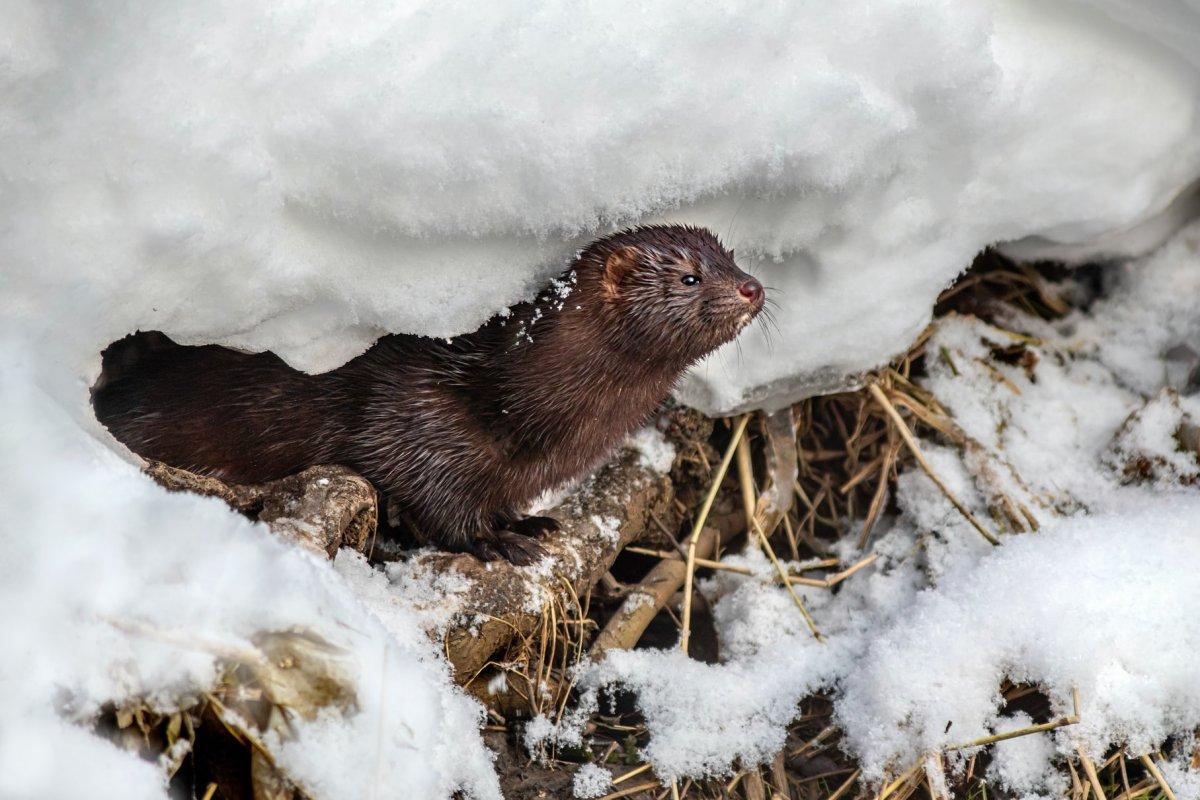
- Name: European mink
- Scientific name: Mustela lutreola
- Conservation status:
The European mink, also known as the Eurasian mink or the Russian mink, is a semi-aquatic species of mustelid native to much of Europe and into Russia. However, despite having a very wide range in the past, it can now only be found in southwestern France and northern Spain, eastern Romania, and most likely other Balkan countries and Russia.
This mink has been on the decline since at least the 18th century when it was overhunted in several areas of Germany.
15. Risso’s dolphin
- Name: Risso’s dolphin
- Scientific name: Grampus griseus
- Conservation status:
Risso’s dolphin is a species of dolphin native to the coastlines of the world, except for western Africa. It can be found off the coast of the Netherlands and the rest of Europe, as well as in the Mediterranean Sea, and feeds on cephalopods and fish.
This dolphin does not actually need its teeth for feeding, and they are now only used as display weapons in mating conflicts; as a result, males are particularly scarred, all over their bodies.
16. European mole
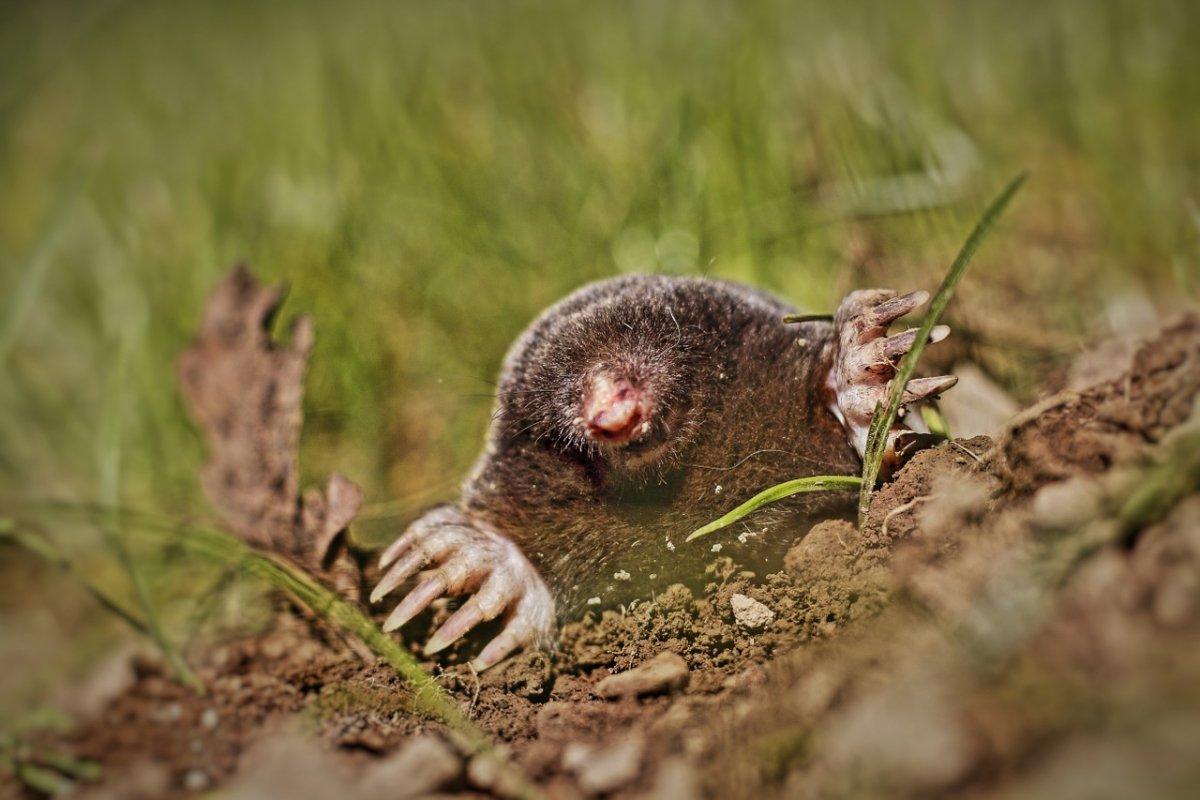
- Name: European mole
- Scientific name: Talpa europaea
- Conservation status:
The European mole, also known as the northern mole or the common mole, is one of the Netherlands gardens’ most common inhabitants. It lives in a complex system of burrows that is constantly expanding and leaves any displaced earth on the surface, which forms the characteristic molehills.
This mole eats about half of its body weight every day (and not its entire body weight per day, contrary to popular belief), and feeds on earthworms, shrews, and maggots.
17. Common buzzard
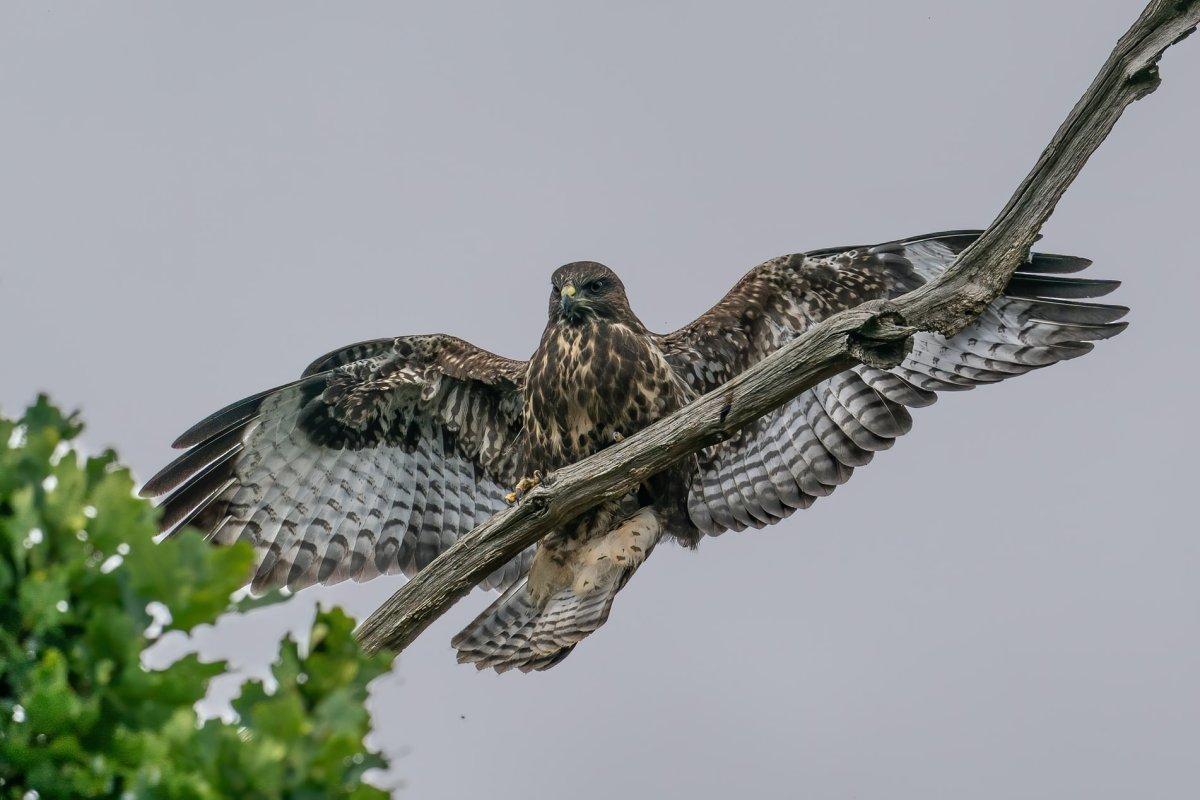
- Name: Common buzzard
- Scientific name: Buteo buteo
- Conservation status:
The common buzzard is a medium-sized species of bird of prey with a very wide range, being native to all of Europe, as well as western Asia and Russia, and migrating to the Indian subcontinent, the Middle East, and sub-Saharan Africa in colder times of the year.
In the Netherlands, this bird largely feeds on common voles (19.6 percent of its diet), European rabbits (19.1 percent), and hares.
18. Eurasian eagle-owl
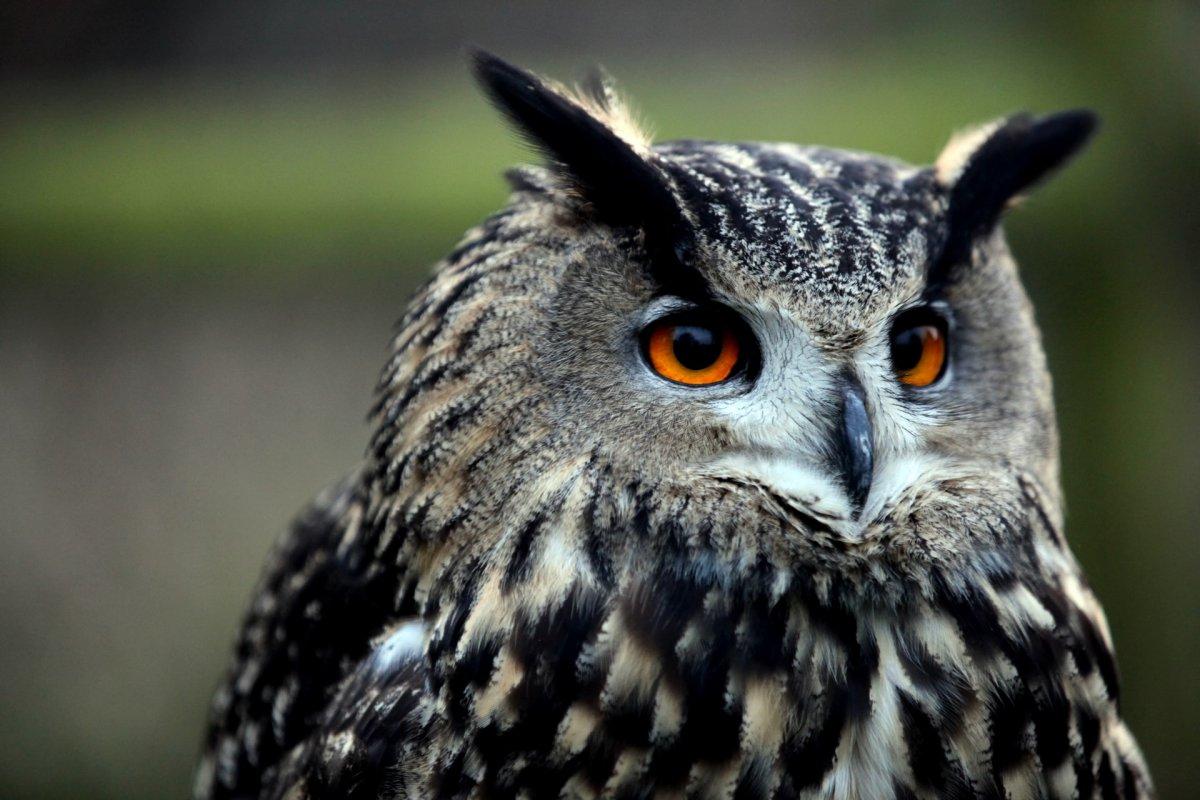
- Name: Eurasian eagle-owl
- Scientific name: Bubo bubo
- Conservation status:
The Eurasian eagle-owl, also known as the eagle-owl or the Uhu, is one of the largest species of owl, as females can have a wingspan of up to 188 cm / 6 ft 2 in and grow to up to 75 cm / 30 in.
This owl is pretty scarce in the Netherlands and can be found in the southern parts of the country. Its local extinction in the past was due to intense persecution, and it first disappeared from the Netherlands at the end of the 19th century, before slowly moving back in.
—
So there you have them, these were my 18 animals of the Netherlands wildlife. I hope you enjoyed this list and that you learned something new today.
In case you want to learn more about animals in the country, feel free to keep reading, as I still have lots of things to tell you about:
Endangered Animals of the Netherlands
This is definitely the saddest part of the list, but it is very important to raise awareness. Because of this, let’s go through the list of endangered animals in the Netherlands.
Here are the animals in danger of extinction in the Netherlands.
- Houting
- Sociable lapwing
- Angelshark
- Common blue skate
- Atlantic sturgeon
- European mink
- and 7 more…
- Basking shark
- European rabbit
- White-headed duck
- Pallas’s fish-eagle
- Bramble shark
- and 3 more…
To see the full list of endangered species in the Netherlands, head over to the International Union for Conservation of Nature’s Red List.
What is the National Animal of the Netherlands?
The national animal of the Netherlands is the lion.
Suffering from the Spanish regime and its Catholic expansion during the 16th century, Protestant Dutch people raised and fought back, led by Willem van Oranje-Nassau, which led to an 80-year-long war.
Their symbol was the lion, and it is still to this day a very important emblem in the country, although there are no lions in the Netherlands. It is featured on the country’s coat of arms and national football team and is a strong symbol of might, freedom, and revolution.
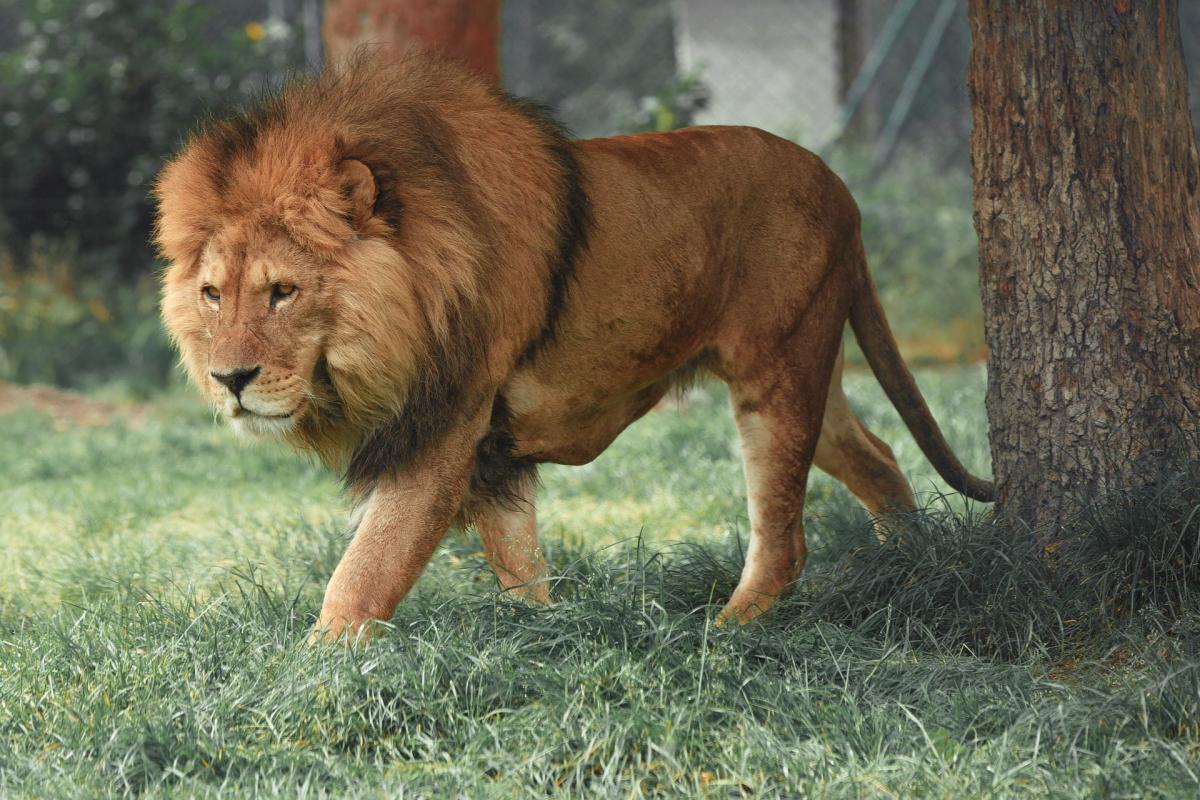
How Many Animals Native to the Netherlands?
What is the diversity of native animals in the Netherlands?
Let’s look at the total number of species of Chordata (mammals, birds, fishes, and reptiles).
Total number of animal species in the Netherlands: 826 (3,149 in total in Europe)
More About Animals in the World!
Loved these facts about wild animals in Netherlands? Want to see what animals live in other countries?
Then check out these posts:
Or click here to see ALL the facts up on the blog! Spoiler alert: there’s A LOT of them.
Share the knowledge! Click on the buttons below to share information about these famous animals in the Netherlands with your friends, and help them learn more about the world 🙂
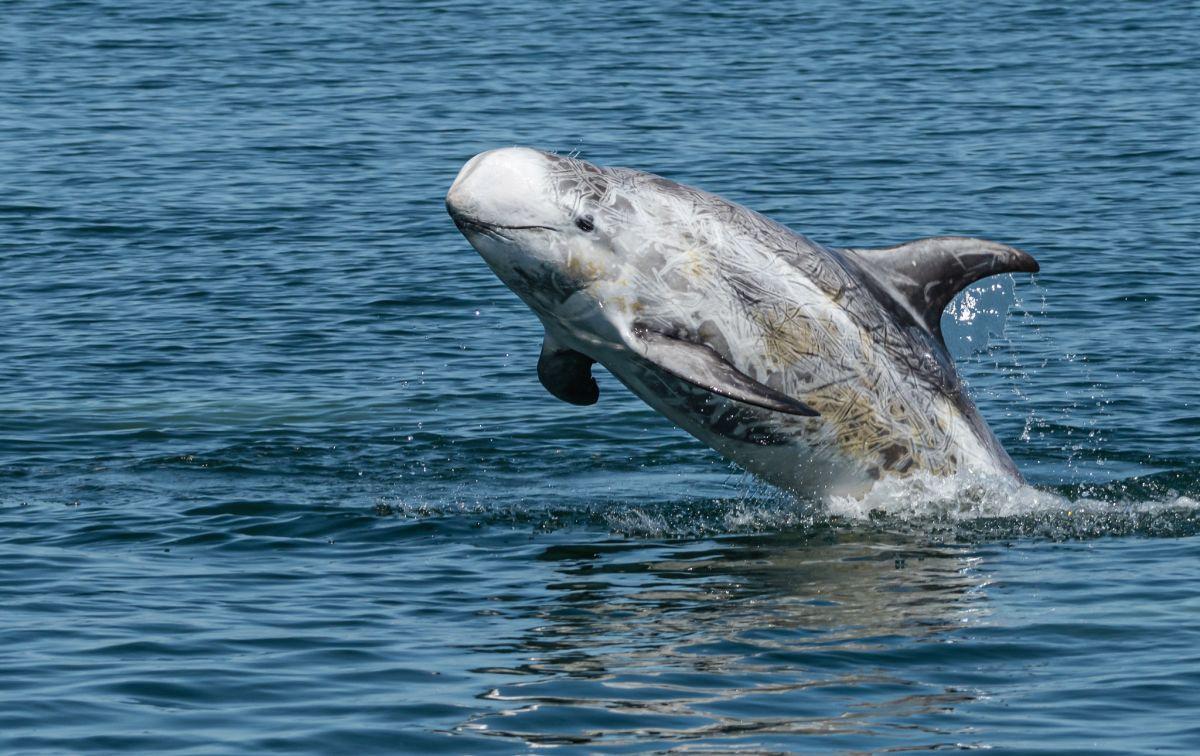

![13 Wild Animals in Austria [Wildlife in Austria]](https://www.kevmrc.com/wp-content/uploads/2022/06/13-wild-animals-in-austria.jpg)
![10 Wild Animals in Liberia [Wildlife in Liberia]](https://www.kevmrc.com/wp-content/uploads/2022/12/10-wild-animals-in-liberia.jpg)
![25 Wild Animals in Sweden [Wildlife in Sweden]](https://www.kevmrc.com/wp-content/uploads/2022/10/25-wild-animals-in-sweden.jpg)
Thought the Netherlands has way less species – particularly mammals. Glad to see so many in the list! And especially the wolf.